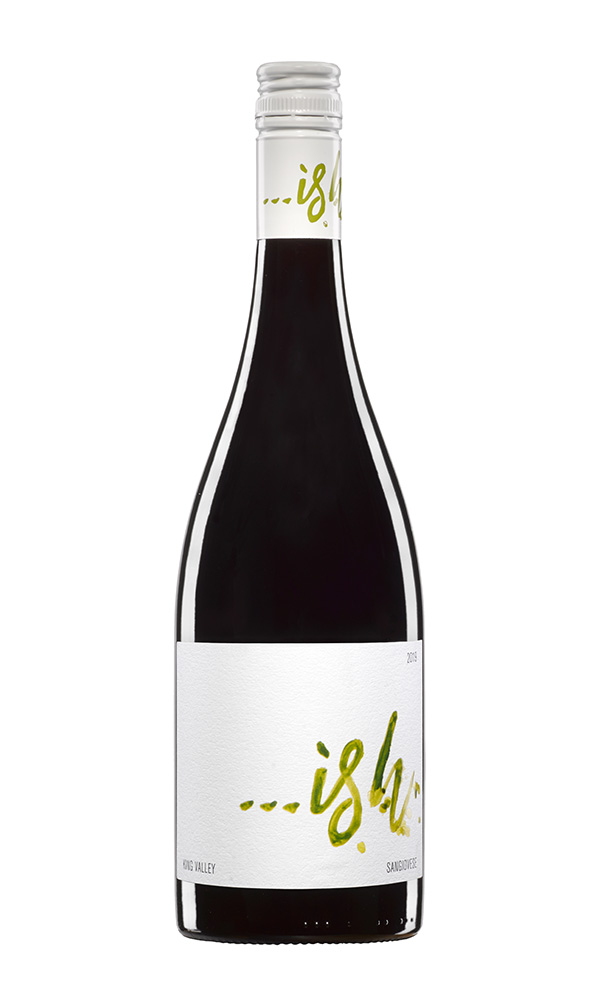
Medium crimson in colour with purple hues. Lifted aromas of plums, red currants and boysenberries burst from the glass combined with an attractive dried herb and spice lift. The generous palate allows soft tannins to glide over the mid palate along with flavours of plum, blackberry and blackcurrent. This is an expressive, fresh and plush Merlot with a refined finish.